Disclosure: This article contains affiliate links. We may earn a commission from purchases at no extra cost to you, which helps our travel content.
As someone who typically spends his days analyzing soil samples and crop yields, trading my work boots for hiking shoes to explore Perth was both refreshing and unexpectedly familiar. Western Australia's capital might seem worlds away from my Kentucky farm roots, but the region's innovative agricultural practices, commitment to sustainability, and striking natural landscapes made me feel right at home. This spring, I carved out two weeks for a solo adventure to Perth, seeking both the scientific wonders of the region's agricultural innovations and the soul-stirring beauty of its coastlines and wilderness. What I discovered was a perfect laboratory of urban sophistication and untamed nature that offers solo travelers an ideal blend of discovery, reflection, and adventure. Whether you're drawn to cutting-edge research facilities or pristine beaches, Perth delivers experiences that challenge your perceptions and expand your horizons—exactly what solo travel should accomplish.
Navigating Perth: Urban Exploration with Agricultural Eyes
Landing at Perth Airport after the long-haul flight from the States, I immediately sensed the distinctive Australian blend of relaxed efficiency. Rather than rushing straight into the city, I recommend taking the scenic route via public transport—it gives you time to decompress and observe the landscape transitioning from suburban to urban.
Perth's city center surprised me with its perfect balance of modern architecture and green spaces. Kings Park and Botanic Garden became my morning ritual—6 AM walks through this 990-acre urban sanctuary offered spectacular views of the Swan River and Perth's skyline. As a farmer, I was particularly impressed by the Western Australian Botanic Garden's section dedicated to native plants that thrive in minimal rainfall—techniques we could certainly apply back home as climate patterns shift.
For accommodations, I chose a mid-range apartment in Northbridge, which provided both kitchen facilities (essential for budget management) and proximity to Perth's cultural heart. My travel backpack proved perfect for daily excursions—large enough to carry water, snacks, and my research materials, yet comfortable for hours of walking.
The most unexpected discovery was Perth's urban farming initiatives. The City Farm in East Perth transforms what would be vacant lots into productive community gardens. As someone who typically works with hundreds of acres, seeing how much food could be produced in such limited space was truly eye-opening. I spent a full morning talking with volunteers about their vertical growing systems and water conservation methods—conversations that will influence my approaches back home.
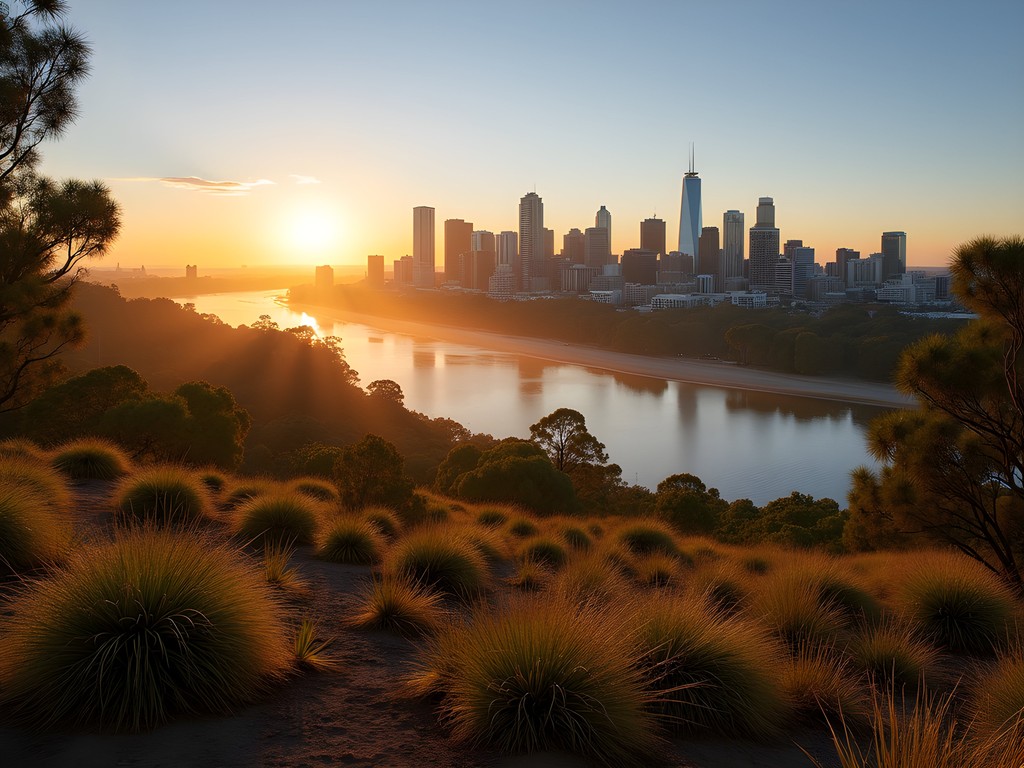
💡 Pro Tips
- Purchase a SmartRider card immediately for public transport—it saved me nearly 30% on fares throughout my stay
- Visit Kings Park early morning (before 7 AM) to experience wildlife and avoid crowds
- Check the Perth City Farm calendar for workshops—they often welcome visitors to participate in sustainable farming demonstrations
Rottnest Island: A Solo Traveler's Scientific Paradise
Just a 90-minute ferry ride from Perth lies Rottnest Island—locally known as 'Rotto'—a car-free sanctuary that became the highlight of my trip. While most visitors come for the famous quokkas (adorable marsupials that indeed seem to smile), my agricultural background drew me to the island's remarkable ecological restoration story.
Renting a bicycle is non-negotiable here; the island spans 19 square kilometers with over 63 beaches and no cars allowed. I opted for an electric bike rental which proved invaluable for covering more ground, especially when exploring the island's western edge where fewer tourists venture.
The Wadjemup Lighthouse tour offered unexpected insights into the island's agricultural history—European settlers once attempted farming here, with predictably poor results given the sandy soils and limited freshwater. Today, the island serves as a living laboratory for restoration ecology, with projects aimed at reintroducing native species and vegetation patterns.
For the solo traveler, Rottnest offers perfect balance—you can join guided tours to learn about the island's ecology or find complete solitude on remote beaches. I spent an entire afternoon at Parakeet Bay with my field notebook, documenting the remarkable adaptation strategies of coastal vegetation to high-salt environments.
Don't miss the Wadjemup Museum, which honestly addresses both the island's natural history and its darker colonial past as an Aboriginal prison. This dual narrative—of environmental resilience and human history—provides important context for understanding Western Australia more broadly.
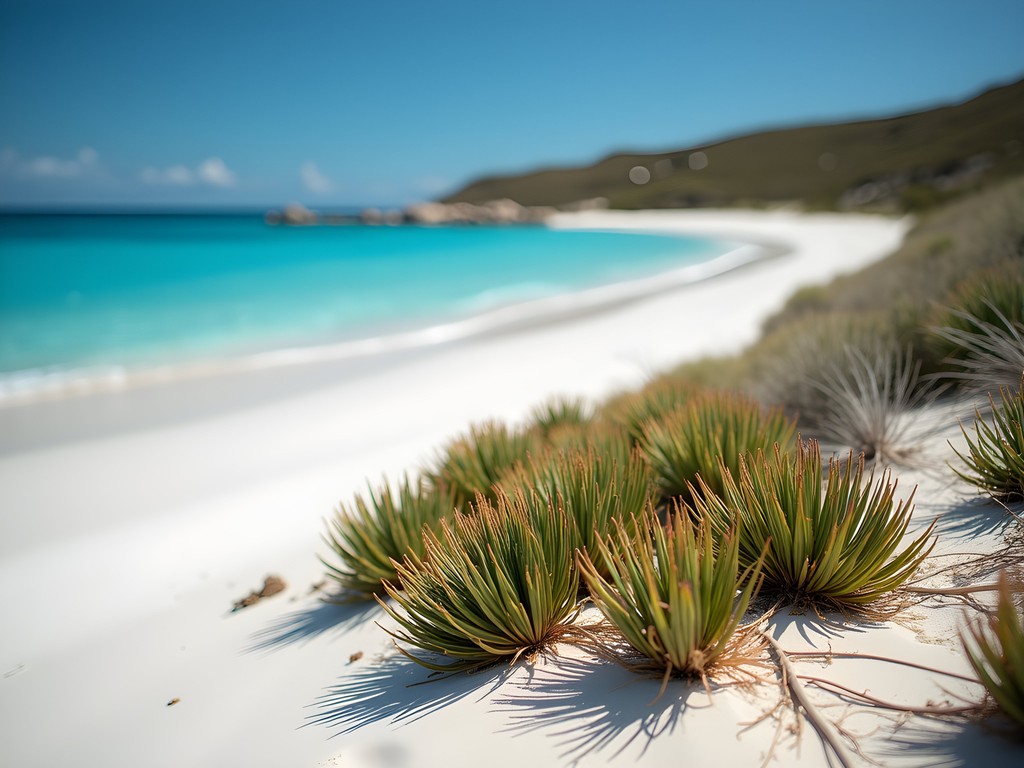
💡 Pro Tips
- Book ferry tickets at least 3 days in advance—they sell out quickly in spring
- Pack your own water and lunch—food options are limited and expensive on the island
- The Basin beach gets crowded; head to Little Parakeet Bay for equally beautiful waters with fewer people
Swan Valley: Agricultural Innovation Meets Culinary Excellence
Just 25 minutes from Perth's CBD lies the Swan Valley, Western Australia's oldest wine region. While many visitors focus exclusively on wine tasting, my agricultural background drew me to the innovative farming practices being pioneered here in response to Australia's challenging climate conditions.
I booked a specialized agricultural tour through a local operator that focuses on sustainable farming practices rather than standard tourist experiences. This gave me access to several properties implementing regenerative agriculture techniques—particularly interesting was a vineyard using sheep for weed control between growing seasons, eliminating the need for herbicides while improving soil health.
The region's Mediterranean climate has prompted fascinating adaptations in water conservation. At one olive grove, I observed an Israeli-designed irrigation system that reduced water usage by 40% while improving fruit quality—technology I'm now researching for potential implementation back home.
For accommodation, I spent two nights at an eco-friendly farm stay, where my compact binoculars proved invaluable for early morning bird watching. The property owner, a third-generation farmer transitioning to organic methods, shared invaluable insights over breakfast about the challenges and rewards of sustainable agriculture in a changing climate.
Don't miss Mandoon Estate, where innovative water recycling systems support both their vineyard and brewery operations. Their commitment to reducing water footprint while maintaining product quality represents exactly the kind of balanced approach we need in modern agriculture.
For the solo traveler interested in agricultural science, Swan Valley offers the perfect blend of educational experiences and sensory pleasures—the wines and local produce simply taste better when you understand the sustainable systems that produced them.
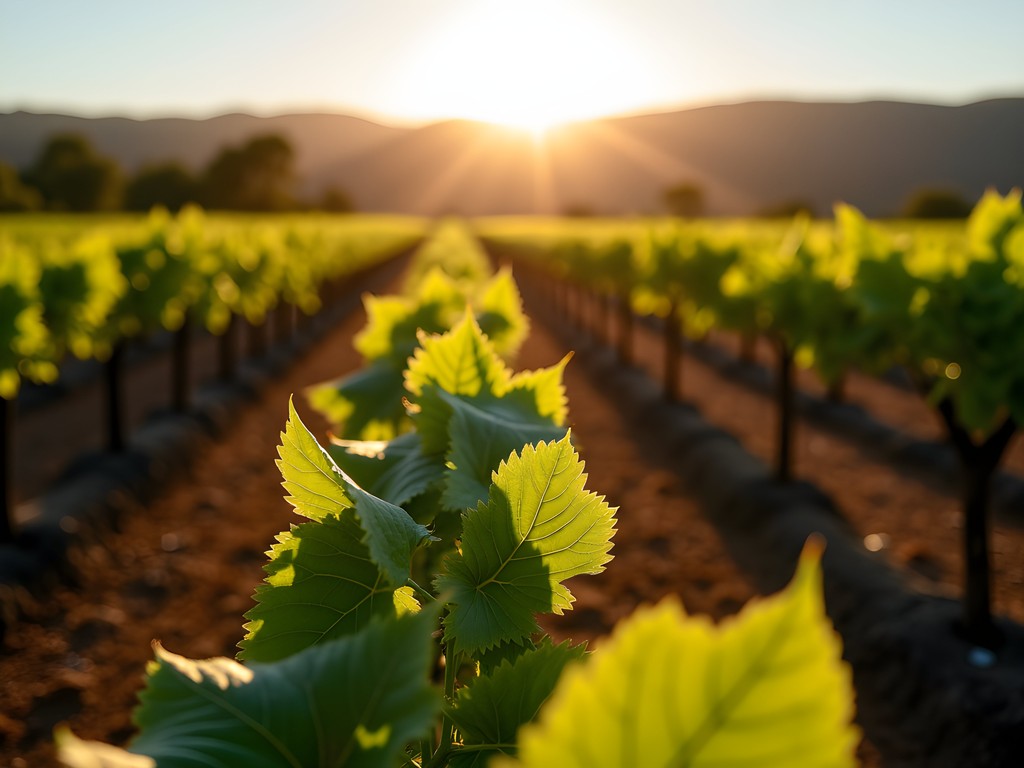
💡 Pro Tips
- Book specialized agricultural tours at least a week in advance—they're small-group and fill quickly
- Stay mid-week for more personal attention from farmers and producers who have more time for in-depth conversations
- Download the Swan Valley Food and Wine Trail map but create your own itinerary focused on sustainable producers
Fremantle: Where Science Meets History
Just a 30-minute train ride from Perth, Fremantle ('Freo' to locals) offers the perfect counterpoint to the capital's modernity. This working port city blends colonial architecture with cutting-edge sustainability initiatives in a way that immediately captivated me.
The Fremantle Markets became my Saturday morning ritual—not just for the fresh produce, but to observe Western Australia's agricultural diversity firsthand. Conversations with local farmers revealed fascinating adaptations to the region's unique growing conditions, from specialized irrigation techniques to carefully selected drought-resistant varieties.
For the scientifically curious solo traveler, the WA Maritime Museum provides unexpected agricultural connections—exhibits detailing how early European settlers attempted to transplant familiar farming methods to this unfamiliar environment, with predictably mixed results. The museum's sustainable fishing exhibits particularly resonated with my interest in responsible resource management.
Fremantle's commitment to sustainability extends to its food scene. At The Raw Kitchen, housed in a repurposed warehouse, I enjoyed plant-based meals while learning about their zero-waste initiatives. My reusable water bottle was easily refilled at public water stations throughout town—part of Fremantle's plastic reduction strategy.
Don't miss Little Creatures Brewery, not just for the excellent beer but for their behind-the-scenes tour highlighting their water recycling systems and solar power implementation. Their brewery operations demonstrate how traditional production methods can be updated with modern efficiency measures—a philosophy that resonates with my own farming approach.
The Fremantle Prison tour provided unexpected insights into historical agricultural practices—convict labor once supported experimental farms that tested which European crops might survive in Western Australia's challenging climate. This historical perspective on agricultural adaptation feels surprisingly relevant to today's climate change challenges.
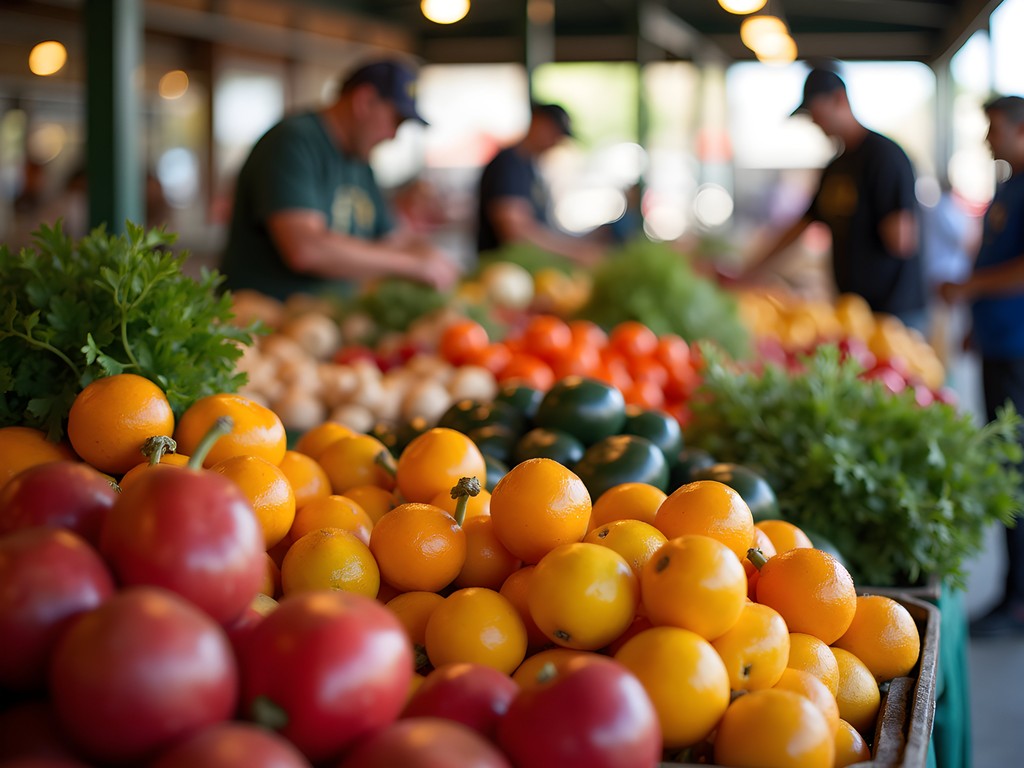
💡 Pro Tips
- Visit Fremantle Markets on Friday rather than weekend for more opportunities to chat with producers
- Book the extended Fremantle Prison tour that includes the gardens for agricultural history insights
- Take the free CAT bus to explore Fremantle's outer neighborhoods where innovative community gardens are flourishing
Pinnacles Desert: Ancient Landscapes and Modern Lessons
The Pinnacles Desert in Nambung National Park lies about a two-hour drive north of Perth, and while it might seem counterintuitive for an agricultural scientist to be drawn to a desert, this otherworldly landscape offered profound insights into environmental adaptation and resilience.
I opted for a small-group tour rather than self-driving, which provided access to a knowledgeable guide who explained the delicate ecosystem and the formation of the limestone pillars over thousands of years. The hiking daypack I brought proved perfect for carrying water, snacks, and my camera equipment through the desert landscape.
What fascinated me most was learning about the plant species that manage to survive in this harsh environment—their root systems and water conservation strategies represent evolutionary engineering at its finest. As climate change brings increasing drought conditions to many agricultural regions, these natural adaptations offer valuable lessons we might apply to crop development.
The tour included a stop at Lake Thetis to view stromatolites—some of Earth's oldest living organisms at approximately 3,500 years old. These ancient microbial communities demonstrate nature's remarkable persistence and adaptation capabilities over millennia.
For the solo traveler, the Pinnacles offers a powerful space for reflection. I recommend visiting late afternoon when the changing light transforms the limestone formations and most tour groups have departed. I spent an hour simply sitting among these ancient pillars, contemplating the resilience of life in challenging conditions—a meditation with practical applications for my work back home.
The visitor center's exhibits on water conservation and sustainable tourism practices impressed me—they've implemented rainwater collection systems and solar power that support operations with minimal environmental impact, proving that even remote facilities can embrace sustainable technologies.

💡 Pro Tips
- Book a late afternoon tour to experience the dramatic lighting changes over the desert landscape
- Bring more water than you think necessary—the dry environment dehydrates you quickly
- Download the Nambung National Park plant identification app before visiting to better understand the desert adaptations
Final Thoughts
My two weeks exploring Perth as a solo traveler offered far more than beautiful landscapes and urban adventures—it provided a masterclass in adaptation, resilience, and innovation that has profoundly influenced my thinking as an agricultural scientist. From the water-wise native gardens of Kings Park to the ancient survival strategies displayed in the Pinnacles Desert, Western Australia demonstrates how humans and nature can thrive even in challenging conditions. For the solo traveler seeking both adventure and meaning, Perth offers the perfect laboratory for discovery—a place where you can lose yourself in pristine wilderness in the morning and engage with cutting-edge sustainability initiatives by afternoon. As I return to my Kentucky farm carrying seeds, ideas, and inspirations from the other side of the world, I'm reminded that sometimes the most valuable agricultural lessons come from stepping completely outside our familiar fields. Whether you're a fellow science enthusiast or simply a curious explorer, Perth rewards the solo traveler with experiences that challenge assumptions and expand horizons—exactly what the best journeys should do.
✨ Key Takeaways
- Perth offers solo travelers a perfect blend of urban innovation and natural wonders within easy reach
- Western Australia's agricultural adaptations provide valuable lessons for sustainable farming practices worldwide
- Solo travel in Perth region is straightforward with excellent public transportation and friendly locals
- Spring visits (September-November) provide ideal weather and blooming wildflowers throughout the region
📋 Practical Information
Best Time to Visit
Spring (September-November)
Budget Estimate
$150-200 AUD per day including accommodations, food, and activities
Recommended Duration
10-14 days
Difficulty Level
Moderate

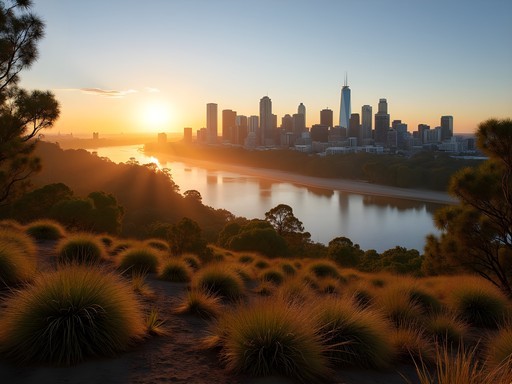
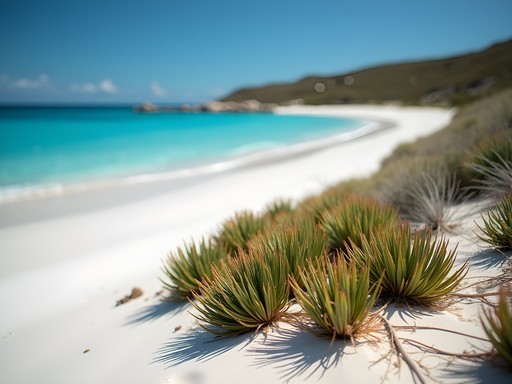
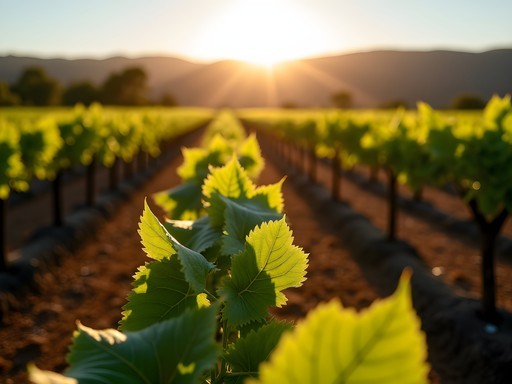
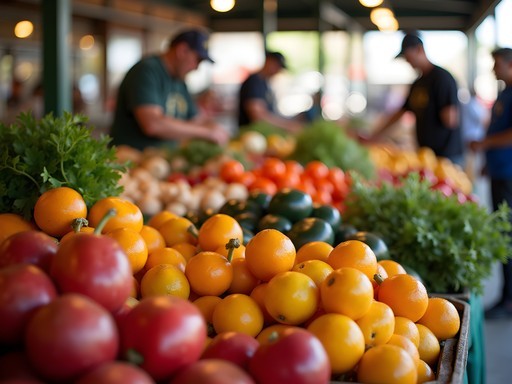



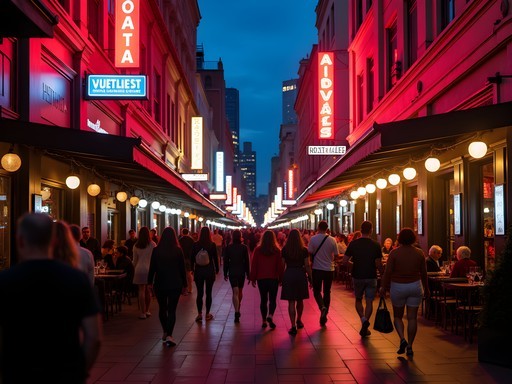
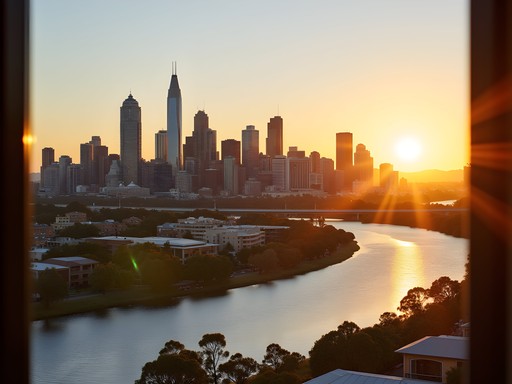
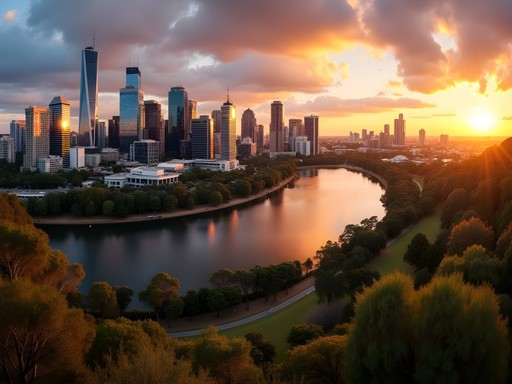
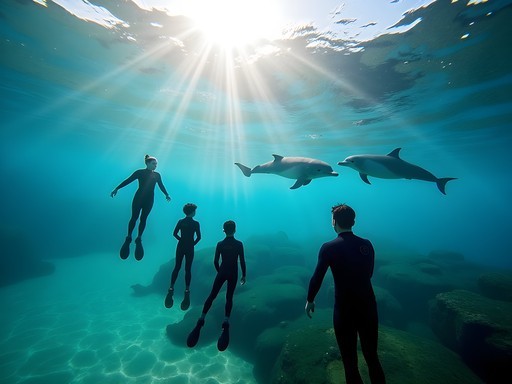
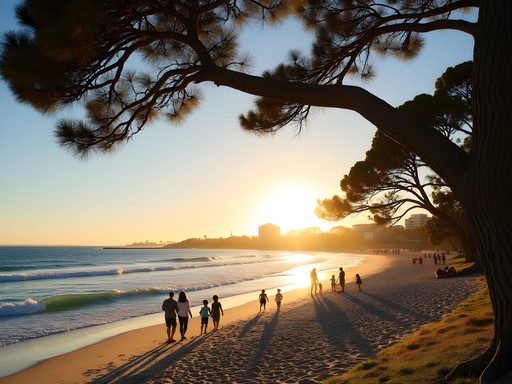
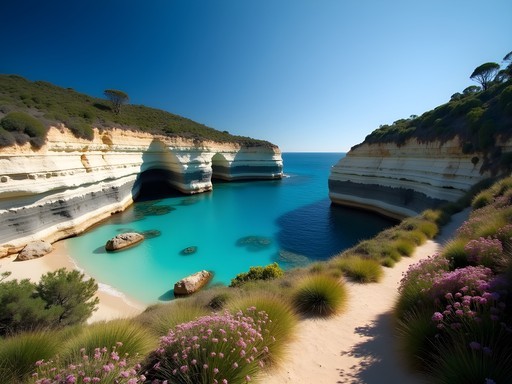


Comments
Taylor Moreau
Wesley, your scientific approach to travel provides such a refreshing perspective. I frequently visit Perth for business and had never considered exploring Swan Valley through an agricultural lens. On my last trip, inspired by your post, I took a day to visit some of the wineries you mentioned and was fascinated by their sustainable farming practices. The intersection of traditional techniques with modern innovation is quite remarkable. Did you happen to visit any of the olive oil producers in the region? They're doing some interesting work with drought-resistant varieties that might interest someone with your background.
Wesley Griffin
Thank you, Taylor! I did visit Olio Bello and was impressed with their regenerative agriculture approach. Their soil management techniques were particularly innovative. Next time I'm planning to explore more of the smaller producers.
sunnyninja
Love your agricultural perspective! So unique!
travelone
Those quokka selfies on Rottnest Island are EVERYTHING! Did you rent a bike there? We spent a whole day cycling around and it was the highlight of our Perth trip! The little bays on the far side of the island were practically empty even during peak season.
greenlegend
Great post! As a solo female traveler, how safe did you find Perth at night? Planning a trip there next spring.
Wesley Griffin
Perth felt incredibly safe, even at night. The city center is well-lit and there's usually people around. Just use the same common sense you would in any city. The free CAT buses are great for getting around after dark too!
sunnyninja
I'm a solo female who visited last year. Super safe city, never felt uncomfortable!
photochamp
Great write-up on Perth! As a fellow solo traveler who visited last year, I'd add that the Sunset Coast north of the city is worth exploring if you have extra time. Cottesloe Beach for the sunset is magical, and Scarborough has this relaxed vibe perfect for solo travelers. I spent many evenings just watching surfers while enjoying takeaway fish and chips. The coastal walk between beaches is spectacular too - brought my camera and got some of my best Australia shots there. Did you make it to any of the northern beaches, Wesley?
Wesley Griffin
I only made it to Cottesloe briefly! Definitely regret not spending more time exploring the northern beaches - sounds like I need to plan a return trip. Those sunset photos you mentioned sound incredible.
smartqueen
If you're into the agricultural side like Wesley, don't miss Kings Park's botanic gardens. They have an amazing collection of native Western Australian plants and really informative signs about their adaptations to the harsh climate. We spent half a day there and it was a highlight!
wintertime4483
Adding this to my list! Is it easy to get to by public transport?
smartqueen
Super easy! The free CAT buses go right there, or it's a nice walk from the CBD if you're up for it (about 25-30 mins).
greennomad
Those quokka selfies on Rottnest are mandatory! Got mine last year 😂
Nicole Russell
Wesley, your perspective as someone with an agricultural background exploring Perth is so unique! I did a solo trip there last year and found myself drawn to many of the same places, though with very different eyes. Fremantle was my absolute favorite - that mix of history and hipster culture is intoxicating. The markets on weekends are incredible! Did you try the coffee culture there? I became obsessed with the flat whites at Moore & Moore Cafe. Also, for anyone planning a trip, the ferry ride from Perth to Freo along the Swan River is gorgeous and gives you a whole different perspective on the city. Perfect for solo travelers since you can just sit back and take it all in!
starpro
Great write-up! I'm heading to Perth in October and wondering about Rottnest Island - did you do a day trip or stay overnight? I've heard mixed opinions about which is better for really experiencing the island. Also, how did you handle the bike rental situation there? I've read that the best trails get booked up quickly during peak season.
Nicole Russell
Not Wesley but I stayed overnight on Rottnest and HIGHLY recommend it! The day-trippers leave by 4pm and you get this magical island almost to yourself. For bikes, I used Rottnest Island Pedal & Flipper and pre-booked online about 2 weeks ahead. October should be perfect weather too!
starpro
Thanks Nicole! Just booked an overnight stay based on your recommendation. Did you do the sunset tour too?
Casey Andersson
Wesley, your scientific approach to travel is refreshing! I was in Perth last year and stayed at COMO The Treasury (splurged a bit there!), but your perspective makes me want to revisit with new eyes. The way you described Rottnest Island as a 'scientific paradise' resonates - I spent hours photographing those quokkas but never considered the ecological uniqueness. Swan Valley was a highlight for me too, though I focused more on the wine than the agricultural innovation! Did you rent a car or manage with public transport?
smartqueen
Not the author but we did Perth without a car last year. The TransPerth system is actually great and there's a free CAT bus system downtown. For Swan Valley though, definitely needed a tour since public transport is limited there.
Venture X
Premium card with 2X miles, $300 travel credit, Priority Pass